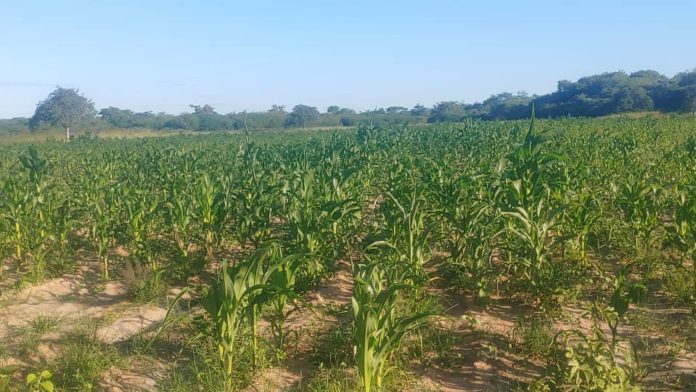The below-average rainfall experienced this summer season is expected to result in a poor to failed harvest in northern Mozambique, the Famine Early Systems Network (FEWS NET) has predicted.
In an update Tuesday, the US-based FEWS NET, however, said most households across Mozambique are relying on their own food production and market purchases, and are expected to remain food secure through to September 2022.
“However, below-average rainfall in southern Mozambique is expected to result in a poor to failed harvest, likely resulting in area-level Crisis outcomes emerging in the interior of Gaza and Inhambane, and southern Manica and Sofala from June 2022,” it said.
“In the southern Tete, stressed outcomes will persist due to irregular rainfall, which has resulted in multiple failed plantings. Households impacted by tropical storms Ana and Dumako are expected to face stressed and crisis outcomes, with affected households likely to recover through post-flood production if they have enough seeds to replant.
“In Cabo Delgado and parts of Niassa, conflict-affected areas are expected to remain in Crisis, with areas receiving regular humanitarian food assistance likely to remain stressed.
“In northern Mozambique, rainfall since January has been regular and well-distributed, supporting crop growth following a 10 to over 40-day delay to the start of rainfall. However, in the interior of Gaza and Inhambane provinces, and southern Manica and Sofala provinces, a delayed start to effective rainfall at the start of the season and significantly below-average rainfall since late January is resulting in the wilting of crops, with crop failure likely as cumulative forecast rainfall is not expected to reach minimum crop requirements.”
FEWS NET added: “National production is expected to be near the five-year average as crop growth in high production areas in central and northern Mozambique is in good condition despite a delayed start to the season.
“However, some uncertainty remains whether there is sufficient time for crops to reach maturity.”
Meanwhile, the United Nations for the Coordination of Humanitarian Affairs (OCHA) reports that more than 126 300 hectares of agricultural land by tropical storm Ana.
“As soils were already saturated, an additional over 100 mm of rainfall in 24 hours and strong winds with gusts of up to 65 km per hour resulted in flooding in Zambézia, Tete, Nampula, Sofala, Manica, and Niassa provinces, further destroying infrastructure, particularly bridges and roads, causing cuts in access roads, impairing access to cities and towns, and flooding in agricultural fields.
“More conclusive assessments are still ongoing to assess the real impact on the ground.”









